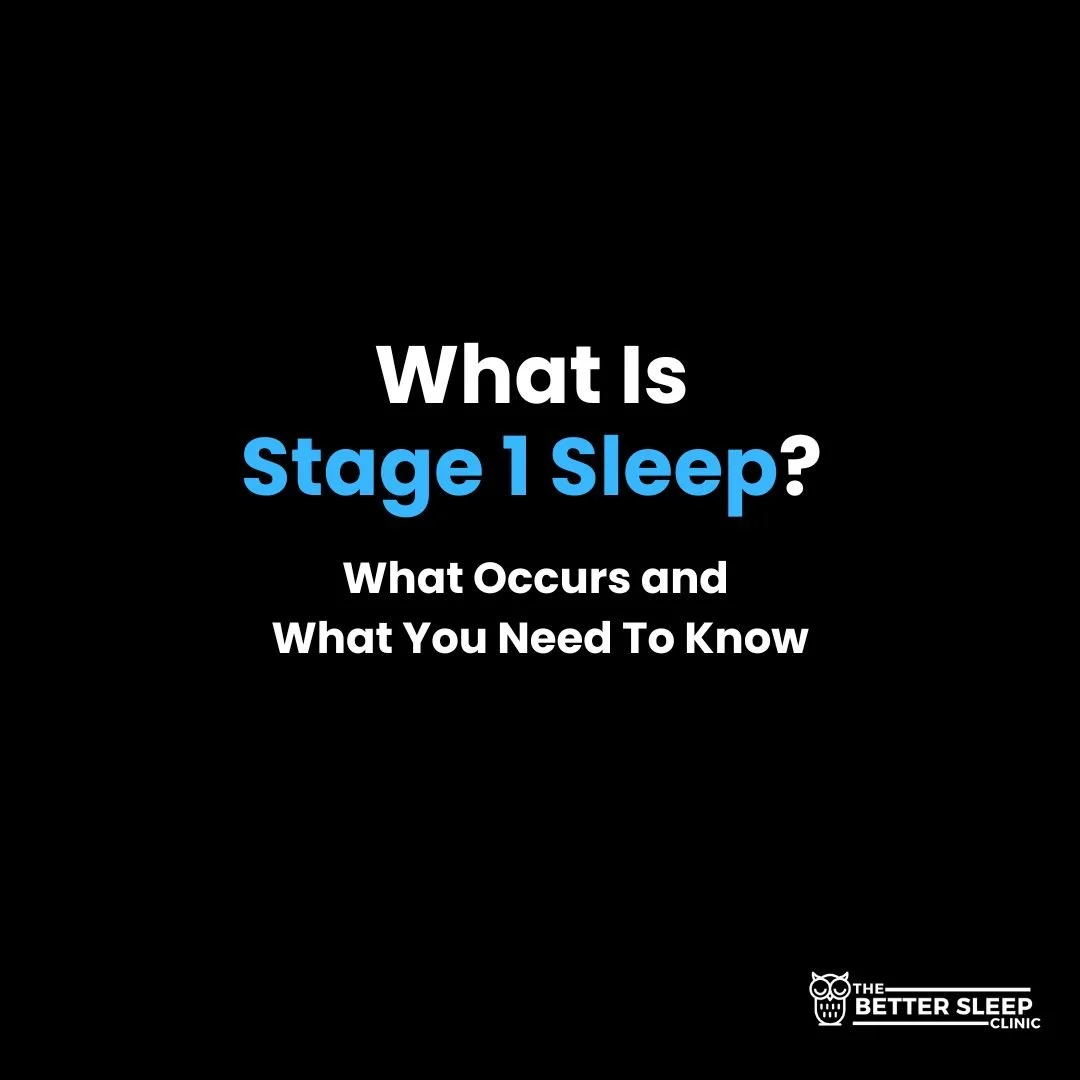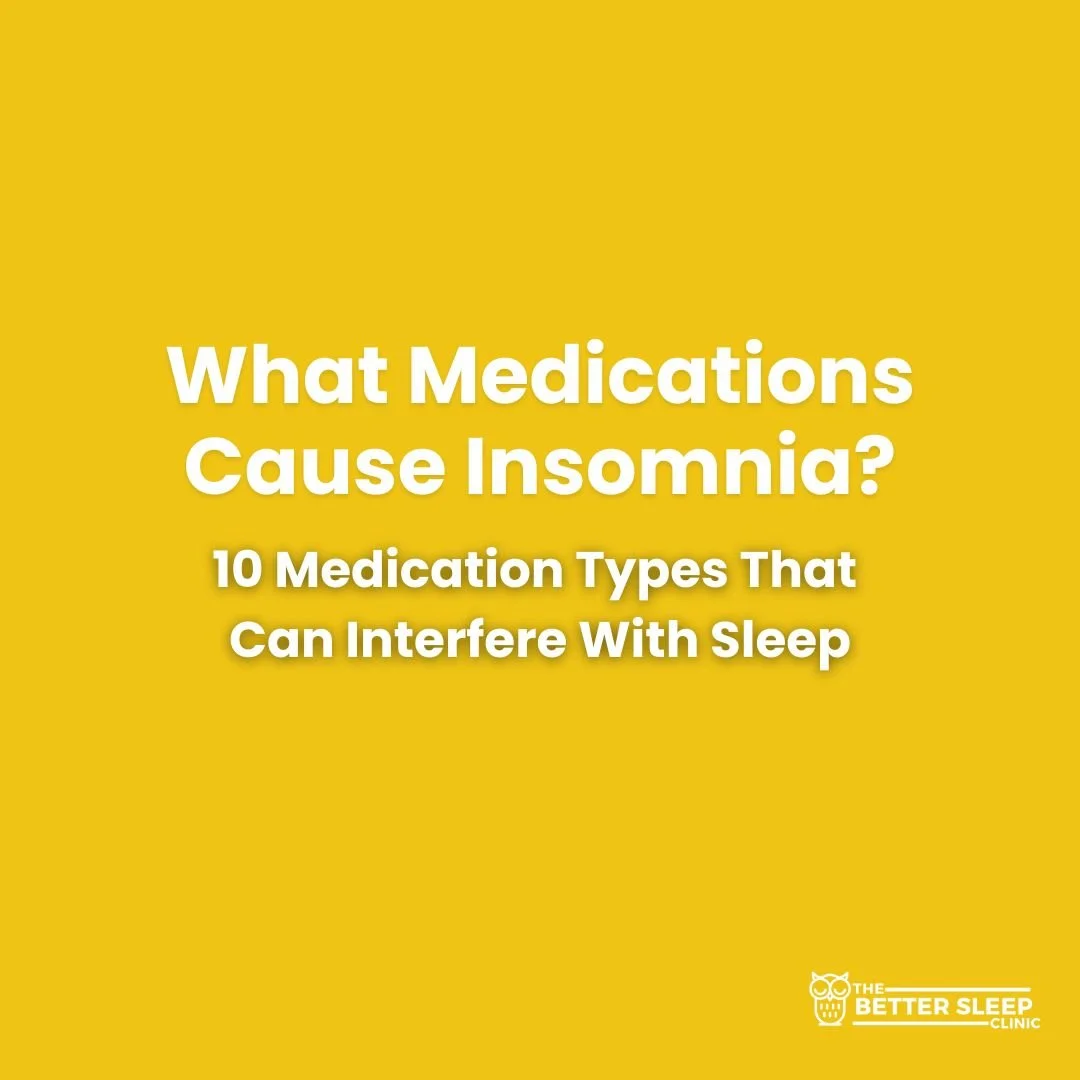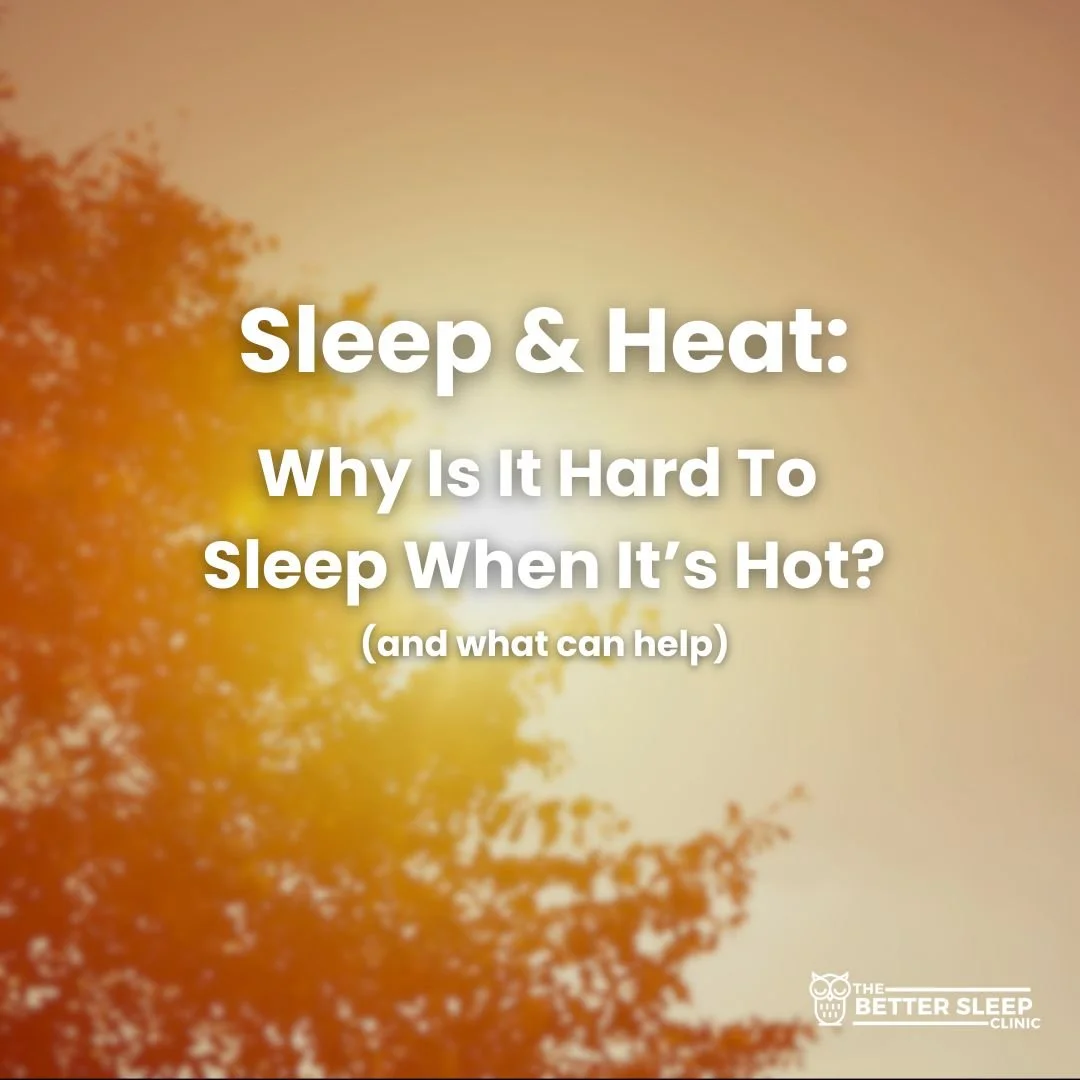What Is Stage 1 Sleep? What Occurs And What You Need To Know
Quick Summary
The Gateway to Sleep: Stage 1 (N1) is the initial, lightest phase of non-rapid eye movement (NREM) sleep. It acts as a brief transition from wakefulness to deeper sleep, typically lasting only 1 to 7 minutes.
Body and Brain Wind Down: During this stage, your muscles begin to relax, your brain waves slow, and you start to disengage from your surroundings. However, you can still be awakened very easily.
Unique Sleep-Onset Experiences: Stage 1 is often associated with common phenomena like "sleep starts" or hypnic jerks - sudden muscle twitches that can feel like you're falling - and fragmented, dream-like images known as hypnagogic hallucinations.
A Memory Gate: The transition into Stage 1 sleep appears to act as a "gate" for memory. Information presented just before you fall asleep is much less likely to be transferred into long-term memory.
Stage 1 Sleep: What Really Happens In First 5 Minutes Of Sleep?
You’ve turned off the lights, your head is on the pillow, and you begin to drift away. That brief, hazy period where you’re not quite awake but not fully asleep is a distinct and important part of your nightly rest. This initial phase is known as Stage 1 sleep, or N1, and it serves as the gateway to the deeper, more restorative stages that follow.
While it may be the lightest and shortest of the sleep stages, Stage 1 is a period of significant change for both your body and brain. Understanding this delicate transition can shed light on common experiences like sudden muscle jerks and strange, fleeting images that can occur as you fall asleep.
What Exactly Is Stage 1 Sleep?
Stage 1 sleep is the first and lightest of the four sleep stages, representing the initial descent from full consciousness. It is a phase of non-rapid eye movement (NREM) sleep that serves as an important, yet easily reversible, bridge between being awake and being truly asleep. In healthy young adults, this stage is quite brief, usually lasting for only a few minutes at the very beginning of the night (Dement & Kleitman, 1957).
Because you are so close to the surface of wakefulness, your sleep can be easily interrupted during Stage 1. A soft sound, a light touch, or a nearby door closing is often all it takes to bring you back to full alertness. This delicate nature is why Stage 1 is best understood as the brain and body’s preparation for the deeper states of sleep to come.
So, what is actually happening inside your body and mind during this initial drift into sleep?
What Happens to Your Body and Brain When You First Fall Asleep?
As you enter Stage 1 sleep, both your physical body and your mental state undergo a coordinated shift away from the activity of wakefulness. Your body begins to power down its systems, while your brain starts to disconnect from the constant stream of information coming from the outside world.
How Does Your Body Change in Stage 1?
The physical changes in Stage 1 are subtle but significant. Your body begins to relax as you lie down with your eyes closed, and overall muscle activity decreases. Interestingly, some simple, automatic behaviors can briefly continue even after your brain has entered a sleep pattern. For instance, researchers have observed volunteers continuing to tap a switch for several seconds after their brain waves indicated they had entered Stage 1 sleep.
A sleep study would show that the muscle tone in your chin, measured by an electromyogram (EMG), a test that records electrical activity in muscles, generally remains steady but may decrease slightly. Your breathing can also become a bit irregular as you drift off, a normal fluctuation even in healthy individuals. Another subtle change involves thermoregulation, the process of controlling body temperature. Heat begins to move from your body's core out toward the skin of your hands and feet, a key process for helping you fall and stay asleep.
What Is Your Mind Doing During This Transition?
While your body is relaxing, your mind is beginning a process of perceptual disengagement. This means you stop processing most information from your external environment. If a bright light were flashed in front of a person in Stage 1 sleep, they would fail to "see" it more than 85% of the time. Similarly, your brain's response to sounds becomes slower or may disappear entirely.
The mental experiences during this time are often described as vague and fragmented. You might see fleeting visual images or feel as though you've lost your train of thought. These "dreams" are very different from the story-like narratives of deeper sleep; they are often directly related to the events of your day and lack a sense of you being an active participant (Nielsen & Stenstrom, 2005).
Perhaps one of the most important mental changes is that it becomes much harder to form new memories. The onset of sleep acts like a gate between short-term and long-term memory. Information you are exposed to just moments before entering Stage 1 is significantly less likely to be recalled later, suggesting the brain prioritizes disconnecting from new inputs to prepare for memory consolidation in deeper sleep stages (Fosse et al., 2003).
But how does the brain's electrical activity reflect these changes?
How Are Stage 1 Brain Waves Different From Other Sleep Stages?
Stage 1 sleep is marked by a distinct shift in brainwave patterns, moving away from the alert waves of wakefulness into slower frequencies, but without the defining features of deeper sleep. These changes can be measured using an electroencephalogram (EEG), a non-invasive test that records the brain's electrical activity through small sensors placed on the scalp.
How Does Stage 1 Compare to Being Awake?
The clearest sign of entering Stage 1 sleep is the disappearance of the alpha rhythm. These brain waves, which oscillate at 8–13 cycles per second, are characteristic of a state of relaxed wakefulness, like when you are resting quietly with your eyes closed. As you drift into Stage 1, these alpha waves are replaced by low-voltage, mixed-frequency activity, most notably an increase in theta activity (5–7 cycles per second). This shift in brain waves corresponds to a decline in the focused, goal-oriented "directed thinking" of your waking mind (Loomis et al., 1937).
What Makes Stage 1 Different from Deeper NREM Sleep?
Stage 1 is clearly distinguished from the other two stages of NREM sleep by what it lacks. Stage 2 sleep is defined by the appearance of two specific brain wave events: sleep spindles, which are short bursts of high-frequency activity, and K-complexes, large, slow waves that occur in response to stimuli. Neither of these is present in Stage 1.
Stage 3 sleep, also known as slow-wave sleep, is the deepest stage of NREM sleep. It is characterized by the presence of high-voltage, very slow delta waves. Stage 1 has almost no delta wave activity. Because of its mixed brainwave patterns and lack of defining features, Stage 1 is often considered an "unstable" form of sleep, whereas Stage 3 is very stable.
How Is Stage 1 Different from REM Sleep?
Rapid Eye Movement (REM) sleep is the stage most associated with vivid dreaming. While its EEG pattern can look similar to Stage 1 with low-voltage, mixed-frequency waves, there are critical differences. REM sleep involves muscle atonia, a state of temporary and functional muscle paralysis that prevents you from acting out your dreams. Stage 1 sleep does not include this paralysis. REM sleep is also defined by the presence of bursts of rapid, saccadic eye movements, which are absent in Stage 1. Mentally, the experiences are worlds apart: the vague, fleeting images of Stage 1 contrast sharply with the long, bizarre, and story-like dreams of REM sleep (Dement & Kleitman, 1957).
What Are the Telltale Signs of Stage 1 on a Sleep Study?
Sleep specialists identify Stage 1 on a polysomnography (PSG), a comprehensive overnight test that records brain waves, eye movements, muscle activity, and breathing, primarily by what is missing. It is largely defined by the absence of the criteria for other stages.
Here are the key markers a sleep technologist looks for in a 30-second snapshot (or "epoch") of a sleep recording to score it as Stage 1:
Alpha Rhythm Reduction: The alpha waves typical of relaxed wakefulness are present for less than half of the epoch.
Low-Voltage, Mixed-Frequency EEG: The background brain activity is made up of low-amplitude waves of various speeds.
Theta Wave Prominence: There is a noticeable increase in theta waves (5–7 Hz).
Slow Eye Movements: The recording of eye movements shows slow, rolling patterns, which often stop after the first few minutes of sleep onset.
Absence of Deeper Sleep Markers: Crucially, there are no sleep spindles or K-complexes (the signs of Stage 2).
Minimal Slow Wave Activity: There are very few, if any, of the large delta waves that define Stage 3.
Vertex Sharp Waves: These distinct, sharply pointed brain waves may appear over the central region of the brain, but their presence is not required to score Stage 1.
What Are "Sleep Starts" or "Hypnic Jerks"?
Hypnic jerks, also commonly known as sleep starts, are sudden, brief, involuntary muscle contractions that often occur as you are drifting off to sleep in Stage 1. These movements can affect the whole body or just a specific muscle group and are frequently accompanied by a vivid sensation of falling or a startling visual image.
If you’ve ever been jolted awake by the feeling that you’ve just tripped on a stair that wasn’t there, you have experienced a hypnic jerk. These are considered a normal and harmless physiological event, a form of what is called physiological myoclonus, or non-pathological muscle twitching.
While they are perfectly normal, certain factors can increase their frequency or intensity:
Intense physical activity close to bedtime
Significant sleep deprivation
High levels of emotional stress
Sleeping in an unfamiliar environment or with an irregular schedule
One leading hypothesis suggests that hypnic jerks may result from a brief mix-up in brain signals during the sleep transition. In this view, the vivid imagery component of REM sleep (the feeling of falling) momentarily breaks through into Stage 1 without the corresponding muscle paralysis of REM sleep. As a result, your body physically reacts to the mental image with a sudden jerk.
Is the Dreaming in Stage 1 the Same as "Hypnagogia"?
Yes, the fragmented, dream-like experiences of Stage 1 sleep are essentially what is known as hypnagogia or hypnagogic hallucinations. The term "hypnagogic" refers to the transitional state of consciousness between wakefulness and sleep. These experiences are not true dreams in the narrative sense but are instead vivid sensory perceptions that can be visual, auditory, or tactile.
These mental events are often directly connected to things that happened during your day and feel more like waking thoughts than immersive dreams (Kusse et al., 2011). For example, if you spent the day playing a video game, you might see patterns or images from the game floating in your mind's eye as you fall asleep.
This phenomenon is closely linked to hypnic jerks. The startling image or sensation that accompanies a sleep start is a classic example of a hypnagogic hallucination. While these experiences are normal for most people, they can be particularly frequent and vivid in individuals with certain sleep disorders, such as narcolepsy.
A Brief but Important Beginning
Although Stage 1 sleep occupies only a small fraction of your night, it is an essential part of the sleep process. It is the carefully orchestrated first step that allows your brain to disconnect from the waking world and begin its nightly work of rest and restoration. The unique and sometimes startling experiences that occur during this phase, from fleeting images to sudden jerks, are simply signs that your brain is successfully managing the transition from wakefulness to sleep.
While it’s often stated online that a smooth and consistent wind-down routine before bed can help support the transition to sleep, because Stage 1 sleep (and sleep in general) requires perceptual disengagement from the environment, trying to sleep or focusing on your sleep (e.g. trying to relax yourself to sleep, or looking out for whether you’re falling asleep) will generally disrupt the natural process of drifting off and make falling asleep more difficult.
If you are having trouble with sleep, talk to your medical practitioner as a first step.
You can also talk to a NZ sleep clinic like The Better Sleep Clinic for sleep help. Whether it’s an Auckland sleep clinic, Wellington sleep clinic, Christchurch sleep clinic, Hamilton sleep clinic or anywhere in NZ, we can help.
Ask for a free chat below or book an assessment (no referral required) and get started addressing your sleep problems today.
Frequently Asked Questions: Stage 1 Sleep
Q1: What is Stage 1 sleep?
A1: Stage 1 sleep, also known as N1, is the initial and lightest phase of sleep that acts as a transition from being awake to being asleep. During this brief period, your body begins to relax and your brain waves start to slow down, but you can still be awakened very easily (Dement & Kleitman, 1957).
Q2: Why do I jerk or feel like I'm falling when I fall asleep?
A2: That sudden jerk or falling sensation is called a hypnic jerk or a sleep start, and it is a normal and harmless event that often happens during Stage 1 sleep. It's a brief, involuntary muscle contraction that is sometimes accompanied by a vivid image, like tripping on a step. While the exact cause isn't fully understood, it's thought to be a miscommunication between the brain systems managing the transition to sleep.
Q3: Can you dream in the first stage of sleep?
A3: Yes, but the mental experiences in Stage 1 are very different from the story-like dreams of other sleep stages. These are known as hypnagogic hallucinations and are typically vague, fragmented images or thoughts that are often directly connected to events from your day (Kusse et al., 2011).
Q4: How long does Stage 1 sleep last?
A4: Stage 1 sleep is very brief, typically lasting only about 1 to 7 minutes at the beginning of a sleep cycle. It makes up a very small percentage of your total sleep time over the course of a night (Dement & Kleitman, 1957).
Q5: How is Stage 1 sleep different from deep sleep?
A5: Stage 1 sleep is the lightest phase of sleep, while deep sleep (Stage 3) is the most restorative. During Stage 1, your brain produces low-voltage, mixed-frequency waves, and you are easily awakened. In deep sleep, your brain produces large, slow delta waves, your body is deeply relaxed, and it is very difficult to wake you up (Loomis et al., 1937).
References
Dement, W., & Kleitman, N. (1957). Cyclic variations in EEG during sleep and their relation to eye movements, body motility, and dreaming. Electroencephalography and Clinical Neurophysiology, 9(4), 673–690.
Fosse, M. J., Fosse, R., Hobson, J. A., & Stickgold, R. J. (2003). Dreaming and episodic memory: a functional dissociation? Journal of Cognitive Neuroscience, 15(1), 1–9. https://doi.org/10.1162/089892903321107774
Kusse, C., Shafi-Le Bourdiec, A., Schrouff, J., Matarazzo, L., & Maquet, P. (2011). Experience-dependent induction of hypnagogic images during daytime naps: a combined behavioural and EEG study. Journal of Sleep Research, 20(4), 543–552. https://doi.org/10.1111/j.1365-2869.2011.00939.x
Loomis, A. L., Harvey, E. N., & Hobart, G. A. (1937). Cerebral states during sleep, as studied by human brain potentials. Journal of Experimental Psychology, 21(2), 127–144.
Nielsen, T. A., & Stenstrom, P. (2005). What are the memory sources of dreaming? Nature, 437(7063), 1286–1289. https://doi.org/10.1038/nature04288
Sullivan, S. S., Carskadon, M. A., Dement, W. C., & Jackson, C. L. (2021). Normal human sleep: An overview. In M. H. Kryger, T. Roth, & C. A. Goldstein (Eds.), Principles and practice of sleep medicine (7th ed., pp. 16–26). Elsevier.
Written By The Better Sleep Clinic
Reviewed By Dan Ford, Sleep Psychologist












